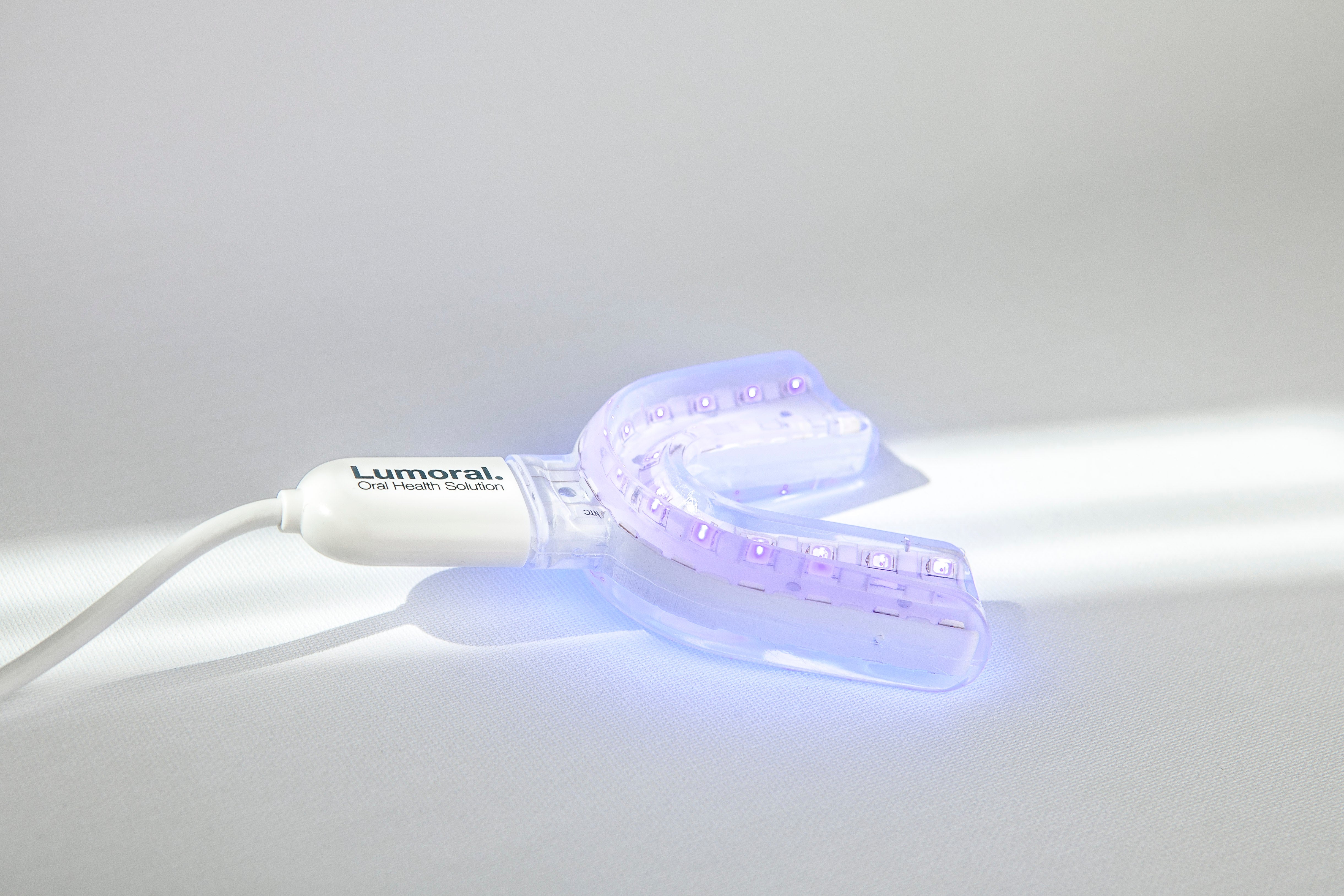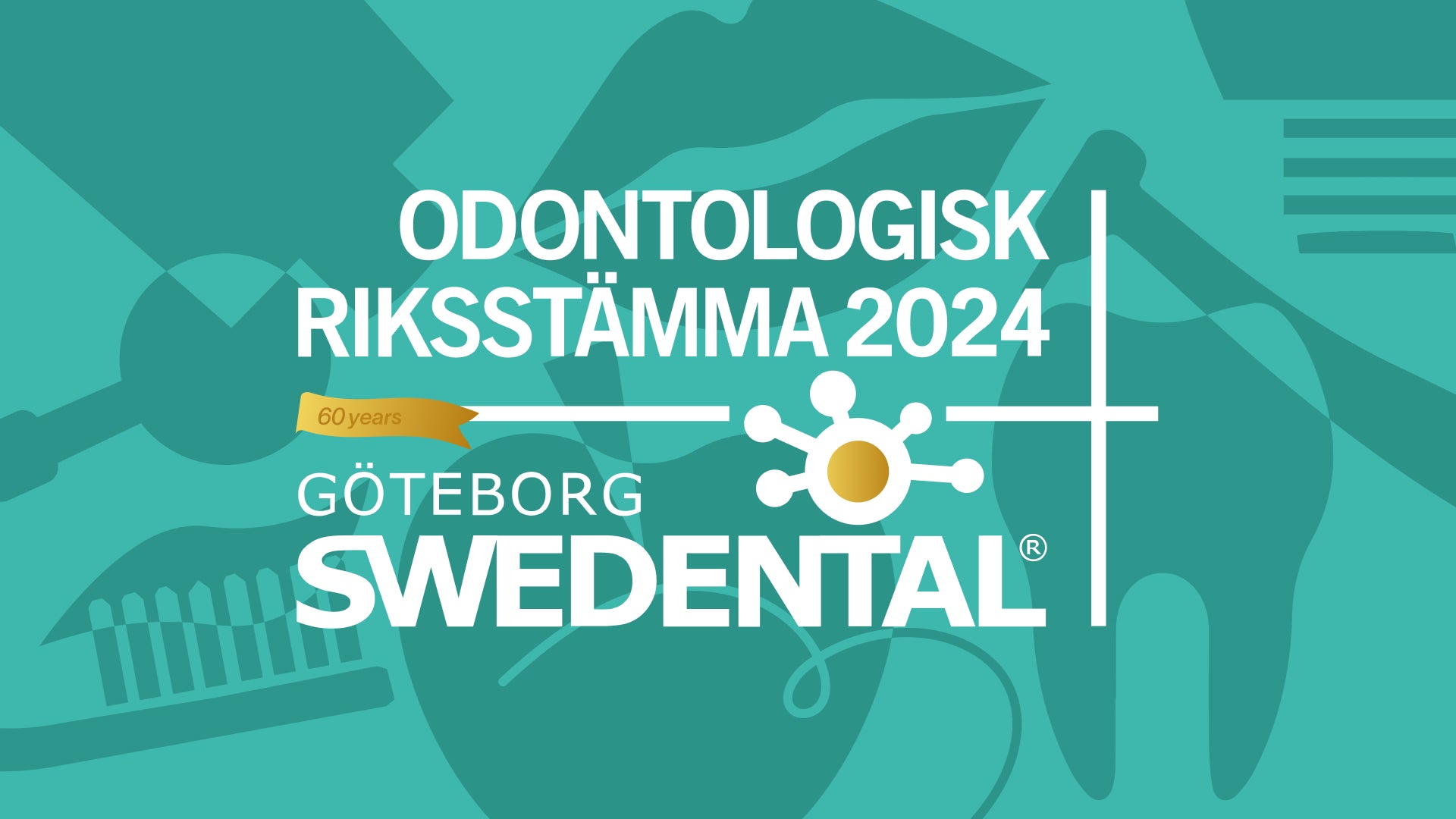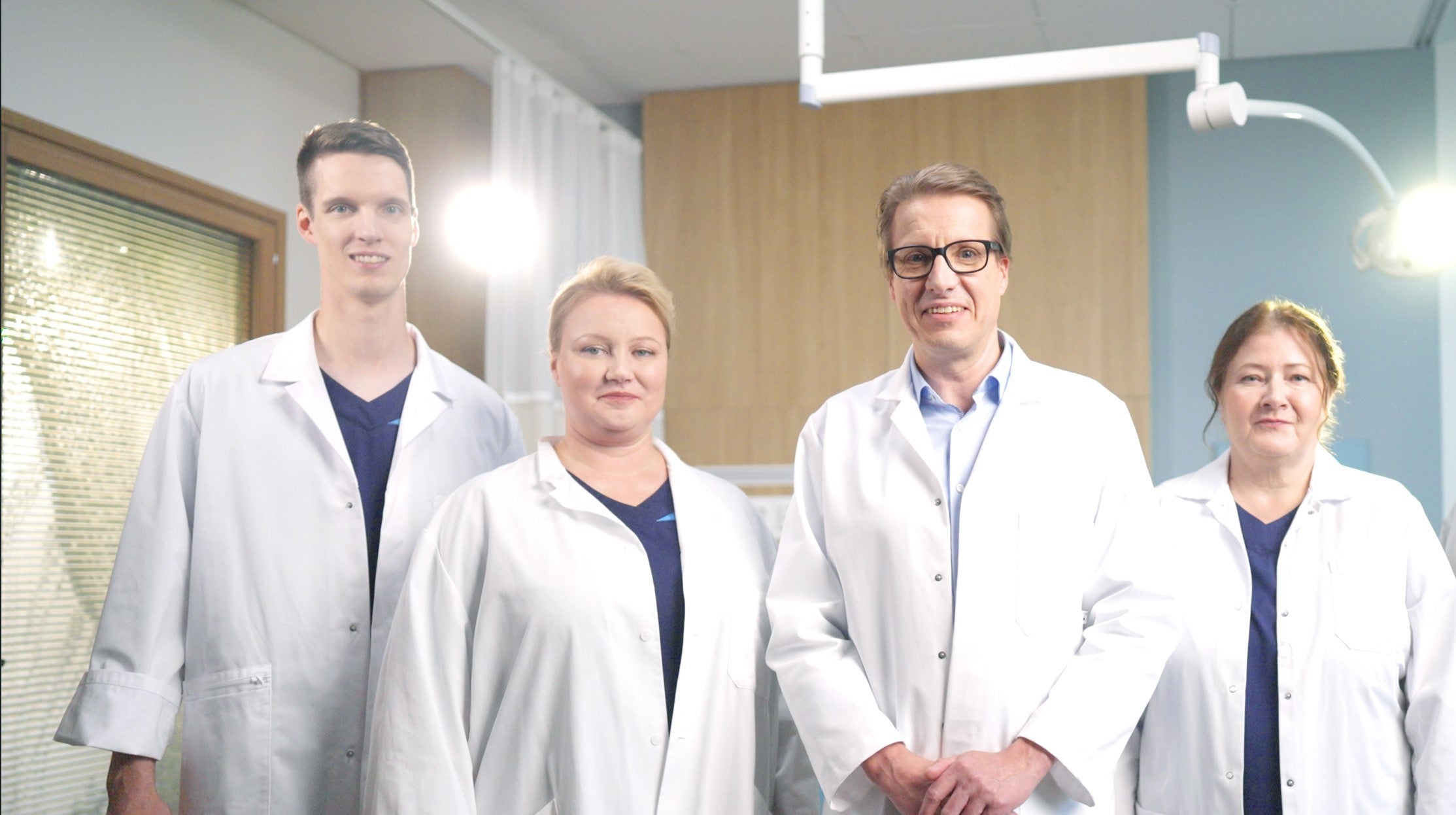- All posts
- 8 Media Venture
- althetics
- aMMP8
- Annimari Korte
- Antibiotic resistance
- Apotek Härtat
- Aqua Dental
- athlete
- Award
- Baltics
- Bonnier
- Bonnier News
- Brain health
- Business
- Cancer
- cardiovascular disease
- caries
- Chemo therapy
- children
- collaboration agreement
- Croatia
- Denmark
- Denta
- Dental erosion
- Dentex
- diabetes
- Dual Light
- Duodecim
- EFP
- EFR
- Estonia
- EuroPerio
- event
- Expodental
- FIBO
- fund raising
- general health
- Gingivitis
- Gum disease
- HAP
- HealthHub Pharma
- HIDES
- Hospital infections
- hospital-acquired pneumonia
- IBD
- Iceland
- IDS COLOGNE
- implantology
- invest
- investment
- italy
- Koite Health
- Latvia
- Lithuania
- lumoral
- Lumoral App
- Lumoral Junior
- Maritime industry
- Media
- MegaGen
- Movie
- News
- Nordic markets
- Nordics
- O
- Olympics
- Oral health
- Oral hygiene
- Oral mucositis
- Patent
- PDT
- peri-implantitis
- Perio Master Clinic
- Periodontitis
- periodontology
- Photodynamic therapy
- Press
- Ranking
- Romania
- Scandinavian Society of Periodontology
- Science
- Seafarer
- Seedtable
- share issue
- Shareissue
- Siblings movie
- Spain
- spots
- Stroke
- Study
- sweden
- Tartar
- techtour
- Thailand
- UK
- United States
- Valentine's Day
- WHO
- World Cancer Day
- World Health Day
- World Heart Day
- world oral health day
- World Smile Day

Koite Health Expands to Latvia with Lumoral® Partnership with Estonia's ProImplant
Finnish health technology company Koite Health Oy has signed a Lumoral distribution agreement with ProImplant OÜ, an Estonian company that specializes in supplying dental surgeons and implantologis...

World Heart Day 2024: Highlighting the Critical Connection Between Oral Health and Heart Health
World Heart Day, launched by the World Heart Federation (WHF), is celebrated each year on the 29th of September. The global event aims to raise awareness and encourage action for heart health. Card...

Swedental Dental Congress 2024 to shine a spotlight on Lumoral – A Breakthrough in Oral Health
This year's Swedental Dental Congress, taking place in the Swedish city of Gothenburg from November 13 to 15, 2024, promises to be an unforgettable event. Not only will the congress offer exciting...

Is your oral microbial balance at risk? Here’s how common factors disrupt your oral health
Oral health is influenced by many factors, with the balance of microbes in the mouth being central. This delicate coexistence of bacteria and microorganisms is vital for the health of teeth and gum...

Lumoral to be Showcased at at the Scandinavian Society of Periodontology Conference in Visby, Sweden
The Finnish oral health innovation, Lumoral, will be presented at the upcoming Scandinavian Society of Periodontology (ScSP) Conference in Visby, Sweden, from August 22-25, 2024. This conference wi...

Lumoral: New Advances in the Scientific Research of Antibacterial Lumoral Treatment
The Finnish oral health innovation, Lumoral, has sparked significant interest in the academic community, with several new studies launching in recent months. Mikko Kylmänen, Research Manager at Koi...